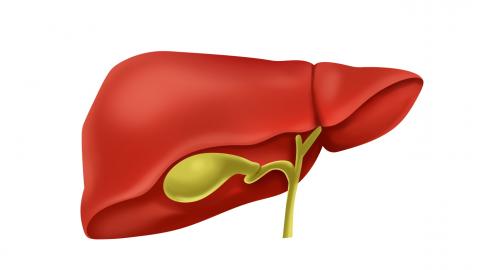What are the fastest methods to lower elevated transaminase levels?
Generally speaking, there is no such thing as "the fastest ways to lower transaminase levels." Elevated transaminase levels may be caused by vigorous exercise, excessive fatigue, fatty liver disease, drug-induced liver injury, cirrhosis, and other factors. Treatment options include general care and medication under a doctor's guidance. If symptoms persist, prompt medical attention is recommended. Detailed explanations are as follows:

1. Vigorous Exercise
After intense physical activity, enhanced metabolic activity in muscle tissues can cause the release of intracellular transaminases into the bloodstream, leading to a temporary increase in transaminase levels. One should avoid blood tests immediately after strenuous exercise; instead, allow for appropriate rest before undergoing related tests. Additionally, maintain moderate physical activity and avoid excessive strain.
2. Excessive Fatigue
Long-term overexertion can overload the liver, damaging hepatocytes and causing the release of transaminases into the blood. It is advisable to manage work and rest schedules properly, ensure adequate sleep, and avoid chronic late nights and excessive fatigue.
3. Fatty Liver Disease
Fatty liver disease is mainly caused by obesity, hyperlipidemia, diabetes, and other factors. Accumulation of excess fat in the liver compresses hepatocytes, affecting their normal metabolism and blood circulation, increasing cell membrane permeability, and resulting in the release of transaminases into the bloodstream, causing elevated transaminase levels. It is often accompanied by symptoms such as fatigue and mild pain in the upper right abdomen. Under medical guidance, medications such as polyene phosphatidylcholine capsules, silymarin capsules, and diammonium glycyrrhizinate enteric-coated capsules may be used for liver protection and enzyme reduction.
4. Drug-Induced Liver Injury
Drug-induced liver injury typically occurs when the drug itself or its metabolites damage liver cells. Certain medications may produce metabolites that are toxic to hepatocytes during metabolism, directly damaging cellular organelles and membranes, leading to impaired liver function and elevated transaminase levels. Symptoms such as nausea, vomiting, and rash may also appear. Once diagnosed with drug-induced liver injury, suspected medications should be discontinued immediately, and detoxification and liver protection treatments, such as reduced glutathione tablets, acetylcysteine tablets, and tiopronin tablets, should be administered under medical supervision.
5. Cirrhosis
If chronic liver disease is not effectively controlled over a long period, persistent hepatocyte damage and inflammatory stimulation can lead to gradual liver fibrosis, eventually progressing to cirrhosis. In cirrhosis, the normal liver structure is disrupted, hepatocyte numbers decrease, liver function is severely impaired, and the liver's ability to metabolize transaminases declines. Meanwhile, ongoing hepatocyte damage results in continuous release of transaminases into the bloodstream, causing elevated levels. This condition is often accompanied by symptoms such as ascites, splenomegaly, and jaundice. Treatment options include medications such as compound glycyrrhizin injections, glutathione injections, and spironolactone tablets, as directed by a physician.
In daily life, to prevent elevated transaminase levels, it is important to maintain a healthy lifestyle, eat a balanced diet, reduce intake of greasy, spicy, and irritating foods, avoid overeating, quit smoking, and limit alcohol consumption.







